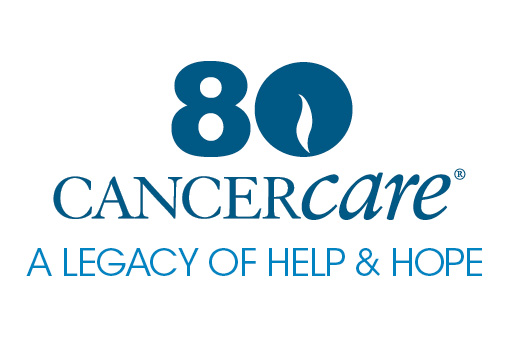All cancer treatments can cause side effects. It’s important that you report any side effects that you experience to your health care team so they can help you manage them. Report them right away—don’t wait for your next appointment. Doing so will improve your quality of life and allow you to stick with your treatment plan.
There are certain side effects that may occur across different treatment approaches. Following are tips and guidance for managing these side effects.
Digestive Tract Symptoms
Nausea and vomiting
- Avoid food with strong odors, as well as overly sweet, greasy, fried, or highly seasoned food.
- Eat meals cold or at room temperature, which often makes food more easily tolerated.
- Nibble on dry crackers or toast. These bland foods are easy on the stomach.
- Having something in your stomach when you take medication may help ease nausea.
Diarrhea
- Drink plenty of water. Ask your doctor about using drinks such as Gatorade which provide electrolytes as well as liquid. Electrolytes are body salts that must stay in balance for cells to work properly.
- Over-the-counter medicines such as loperamide (Imodium A-D and others) and prescription drugs are available for diarrhea but should be used only if necessary. If the diarrhea is bad enough that you need medicine, discuss it with your doctor or nurse.
- Choose foods that contain soluble fiber—for example beans, oat cereals, oranges, and flaxseeds. High-pectin foods such as peaches, apples, oranges, grapefruit, bananas, and apricots can also help to avoid diarrhea.
- Avoid foods high in refined sugar and those sweetened with sugar alcohols such as sorbitol and mannitol.
Loss of appetite
- To help maintain your weight, eat small meals throughout the day. That’s an easy way to take in more protein and calories. Try to include protein in every meal.
- To keep from feeling full early, avoid liquids with meals or take only small sips (unless you need liquids to help swallow). Drink most of your liquids between meals.
- Be as physically active as you can. Sometimes, taking a short walk an hour or so before meals can help you feel hungry. *Keep high-calorie, high-protein snacks on hand such as hard-boiled eggs, peanut butter, cheese, ice cream, granola bars, liquid nutritional supplements, puddings, nuts, canned tuna, or trail mix.
- If you are struggling to maintain your appetite, talk to your health care team about whether appetite-building medication could be right for you.
Managing Fatigue
Fatigue (extreme tiredness not helped by sleep) is one of the most common side effects of many cancer treatments. If you are taking a medication, your doctor may lower the dose of the drug, as long as it does not make the treatment less effective. If you are experiencing fatigue, talk to your doctor about whether taking a smaller dose is right for you.
There are a number of other tips for reducing fatigue:
- Take several short naps or breaks.
- Take short walks or do some light exercise, if possible.
- Try easier or shorter versions of the activities you enjoy.
- Ask your family or friends to help you with tasks you find difficult or tiring.
There are also prescription medications that may help, such as modafinil. Your health care team can provide guidance on whether medication is the right approach for your individual circumstances.
Managing Pain
There are a number of options for pain relief, including prescription and over-the-counter medications. It’s important to talk to a member of your health care team before taking any over-the-counter medication to determine if they are safe and to make sure they will not interfere with your treatments. Many pain medications can lead to constipation, which may make your pain worse. Your doctor can prescribe medications that help to avoid constipation.
Physical therapy, acupuncture, and massage may also be of help in managing your pain. Consult with a member of your health care team before beginning any of these activities.
Bone Loss
Some therapies can cause bone loss, which increases the risk for osteoporosis (a condition in which bones become weak and brittle, leading to a higher risk of fracture). Talk with your health care team about how exercise and changes in your diet may help keep your bones healthy.
It’s also important to talk to your doctor about the medications available for bone health:
- Bisphosphonates such as zoledronic acid (Zometa and others) slow the process by which bone wears away and breaks down. These medications belong to a class of drugs called osteoclast inhibitors.
- RANK ligand inhibitors block a factor in bone development known as RANK ligand, which stimulates cells that break bone down. By blocking RANK ligand, these drugs increase bone density and strength. So far, the only drug approved in this class is denosumab (Xgeva, Prolia). Like bisphosphonates, RANK ligand inhibitors are a type of osteoclast inhibitor.
